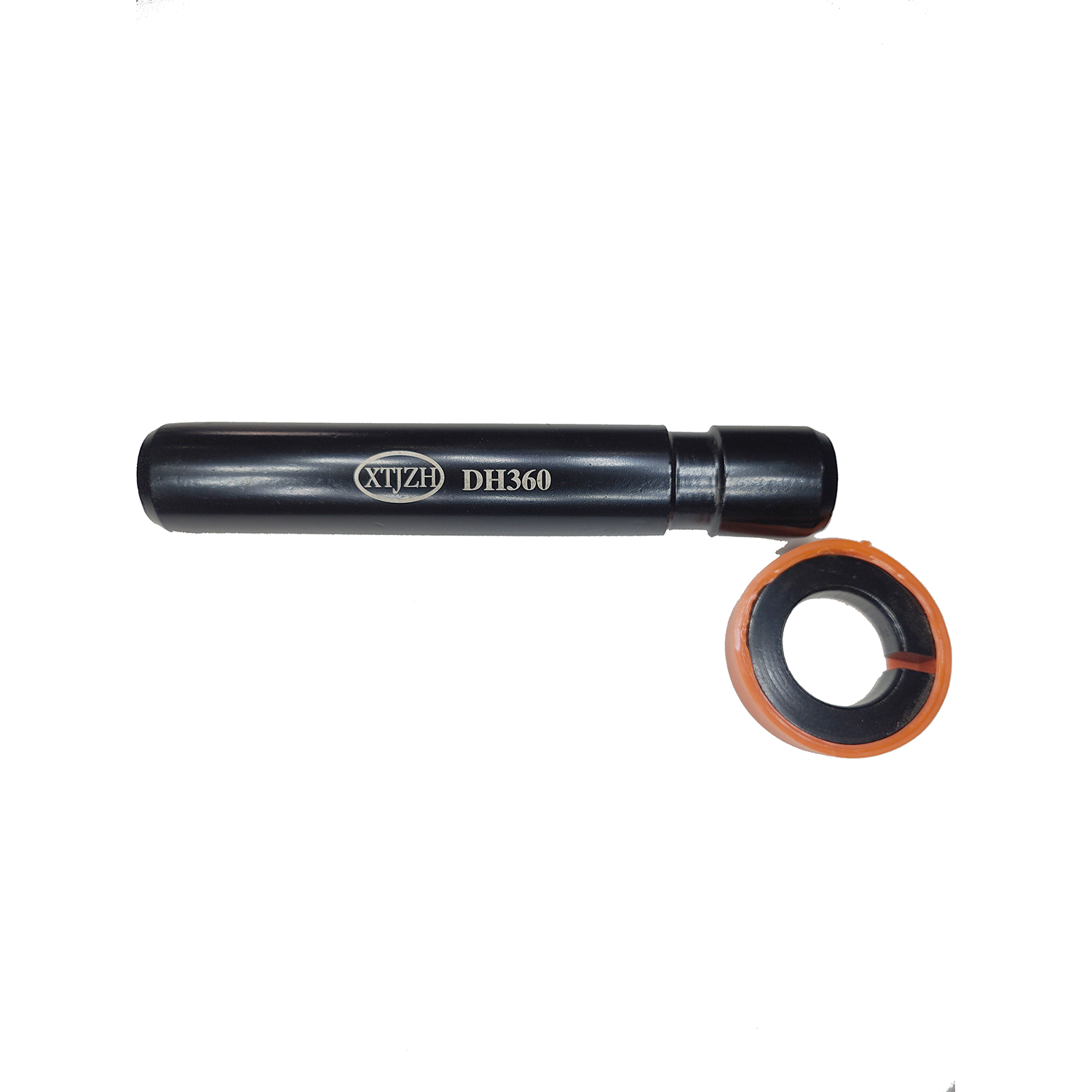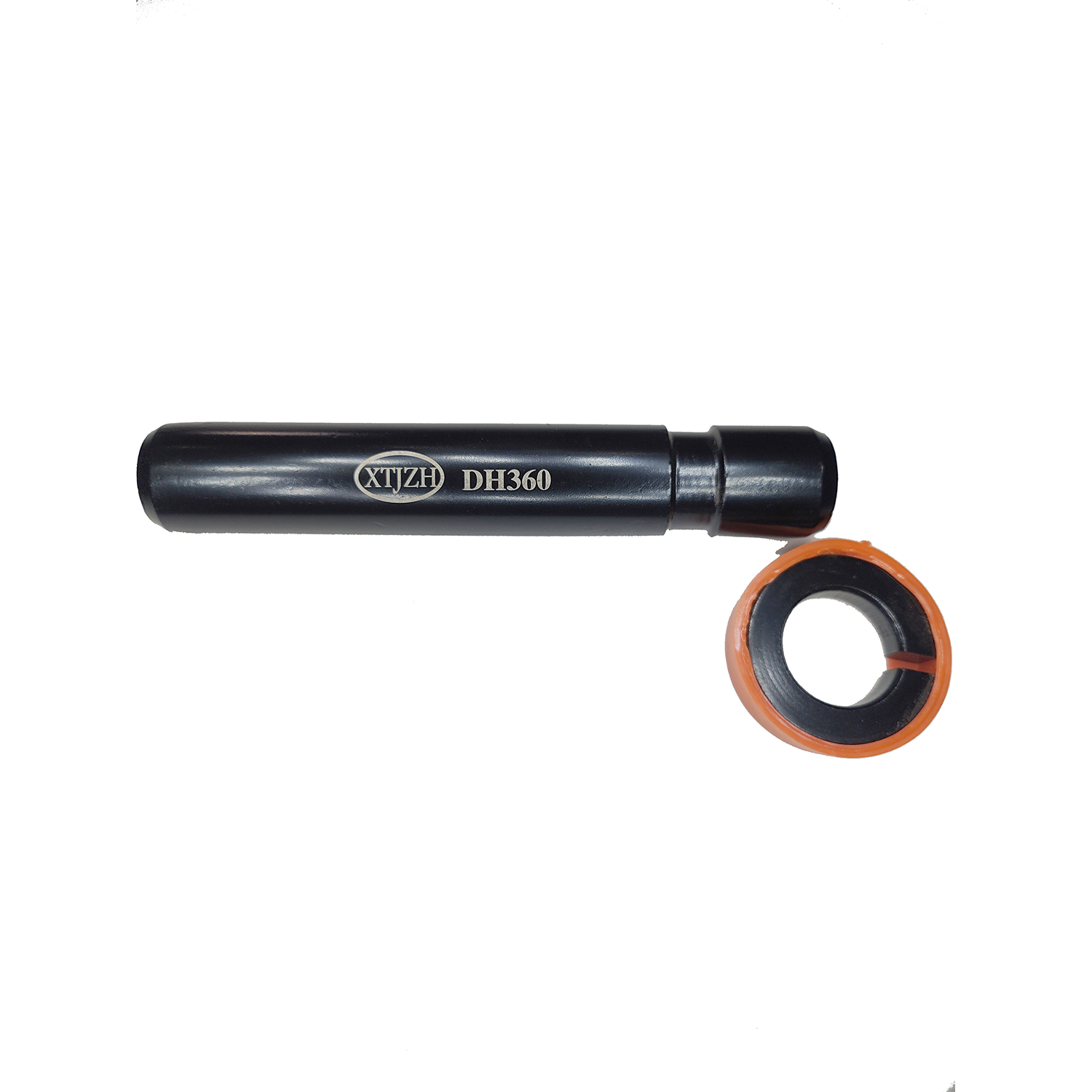When it comes to keeping your excavator running efficiently, every small part plays a big role. One often overlooked but essential component is the excavator tooth pin. It's the connector that holds your bucket teeth securely in place—and when it starts to fail, your entire digging operation can be at risk.
But here's the big question: how do you actually know when your excavator tooth pin needs to be replaced? Let’s break it down into practical signs and solutions.
1. Visible Wear or Deformation
One of the clearest signs it's time for a new tooth pin is visible wear, bending, or cracking. If the pin has worn down to the point where it’s no longer cylindrical, it won’t provide proper locking strength—and that could lead to your bucket teeth falling off during operation.
Even tiny cracks can be dangerous. When the pin is under pressure, those cracks may expand and cause sudden failure. If you're seeing deep grooves, uneven wear, or warping—yep, it's replacement time.
2. Loose Bucket Teeth During Operation
Are your bucket teeth feeling a bit wobbly lately? That could be your tooth pin telling you it's done its job… and is ready for retirement. A loose fit usually means the pin has worn down or the locking system has weakened.
Some operators make the mistake of tightening or re-welding things temporarily, but trust us—replacing the pin is the only long-term solution.
3. Corrosion or Rust Accumulation
If your excavator works in wet or humid environments, rust is your enemy. Even with proper coating, over time a tooth pin can suffer corrosion—especially on cheaper pins with poor treatment.
Excess rust not only weakens the pin but can also cause jamming or difficult removal during maintenance. If you're struggling to pull it out, it's a sign it's past its prime.
4. Difficulties in Tooth Pin Removal
Speaking of that—have you ever tried removing a pin and it just won’t budge? Or it comes out too easily with no resistance? Either way, that’s not a good sign.
In some cases, tooth pins can get fused to the adapter or crack during removal. If you’re seeing this issue repeatedly, your pin material or lock design might not be holding up to your working conditions.
5. Frequent Replacements? Look at the Source.
Let’s be honest here. If you're replacing your pins too often, you might be buying the wrong ones. Not all tooth pins are made equal. Choosing the correct OEM-compatible tooth pin from a reliable supplier can dramatically extend lifespan and reduce downtime.
👉 Pro tip: Look for pins made from heat-treated alloy steel and manufacturers who offer model-specific sizing—like what we do at Nan’an Jinxin Machinery Co., Ltd.
So, When Should You Replace It?
Here’s the quick summary:
-
After every two sets of bucket tooth replacements, inspect the pin.
-
If the pin shows obvious wear, cracks, rust, or no longer fits snugly, replace immediately.
-
For heavy-use machines (e.g., mining, rock excavation), check pins monthly or after every 100–150 hours of operation.
And yeah, I knows sometimes it’s tempting to "wait a little longer"—but trust us, the cost of a lost bucket tooth or damaged adapter is way higher than simply changing out a $3–$10 pin.
A Small Part with a Big Job
The excavator tooth pin may be small, but its role in securing your bucket teeth is massive. Don’t underestimate the signs—early replacement saves you money, time, and headaches.
Looking for durable, OEM-fit excavator tooth pins for CAT, Komatsu, Hitachi, Volvo, and more? We got you. At Nan’an Jinxin Machinery, we specialize in producing high-strength, wear-resistant tooth pins with global shipping available.





 No. 550, Xiacuo, Sihuang Village, Xiamei Town, Nan'an City, Quanzhou City, Fujian Province, China
No. 550, Xiacuo, Sihuang Village, Xiamei Town, Nan'an City, Quanzhou City, Fujian Province, China

 Contact
Contact 